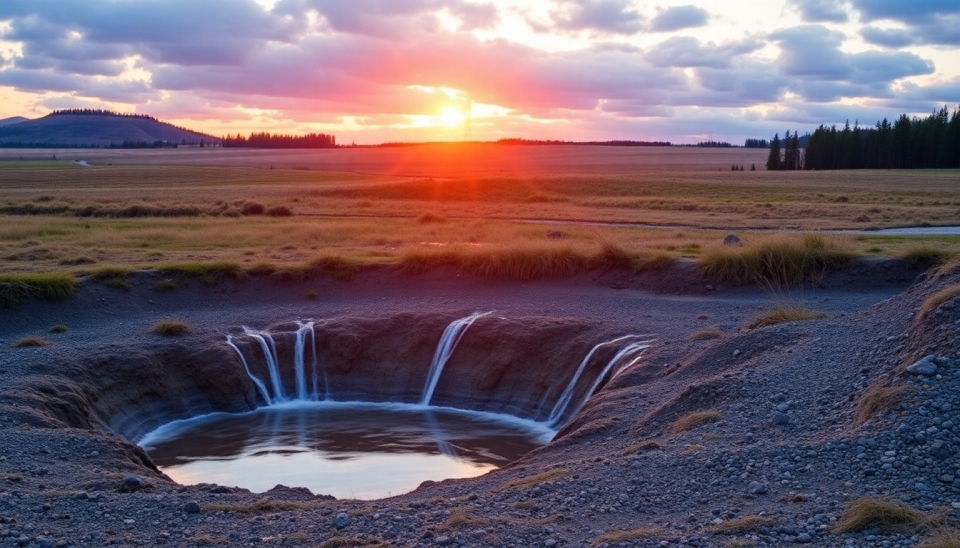
As the urgency of tackling climate change escalates, a controversial method known as weather modification is making headlines again. This technique, which essentially aims to influence and control elements of the climate, has gained traction as countries worldwide seek innovative solutions to combat extreme weather events and the ever-increasing threats posed by climate change. The discussion surrounding weather modification is complex and often polarizing, but some experts argue that it is a necessary tool for mitigating environmental disasters.
In recent times, the risks associated with traditional approaches to climate issues have led researchers and governments to explore weather modification as a potential intervention. This method encompasses a range of techniques, including cloud seeding, solar radiation management, and other geoengineering strategies designed to alter atmospheric conditions. Advocates contend that these methods could provide immediate relief during extreme weather scenarios such as droughts or hurricanes, and they could also serve as a long-term strategy to stabilize global temperatures.
However, the potential benefits of weather modification come with significant ethical and environmental concerns. Critics raise alarms about the unforeseen consequences of artificially manipulating weather patterns, which could inadvertently lead to disruptions in local ecosystems and weather systems. The geopolitical implications cannot be overlooked either, as countries employing weather modification technologies could wield unprecedented power over their neighbors' climates, potentially leading to conflicts over resources like water.
The discourse around weather modification is gaining momentum as governments and institutions like the United Nations begin to take the possibility seriously. The recent discussions highlight a pivotal moment in climate action strategies, where the lines between climate adaptation, mitigation, and intervention are increasingly blurred. Researchers are now investigating how weather modification could complement existing efforts to reduce greenhouse gas emissions and adapt to the changes already underway.
In the quest for effective solutions, experts insist that rigorous international regulations and oversight are paramount. The call for a framework to govern the use of weather modification technologies is echoed by both proponents and opponents alike, suggesting that while the technology may hold promise, it requires careful management to prevent misuse or unintended consequences.
As more countries contemplate the integration of weather modification into their climate agendas, the path forward remains fraught with challenges and possibilities. The hope is that with collaborative international dialogue and scientific scrutiny, nations can harness this technology in a way that is beneficial for humanity and the planet, rather than detrimental.
Ultimately, the discussion on weather modification serves as a reminder that in the fight against climate change, innovation and caution must go hand in hand. While the future may hold the key to groundbreaking technologies that could reshape our relationship with the environment, it is crucial to tread carefully to ensure that we do not create more problems than we solve.
#ClimateChange #WeatherModification #Geoengineering #SustainableSolutions #ClimateCrisis #EnvironmentalInnovation #InternationalRegulation #ClimateAction
Author: John Miller




